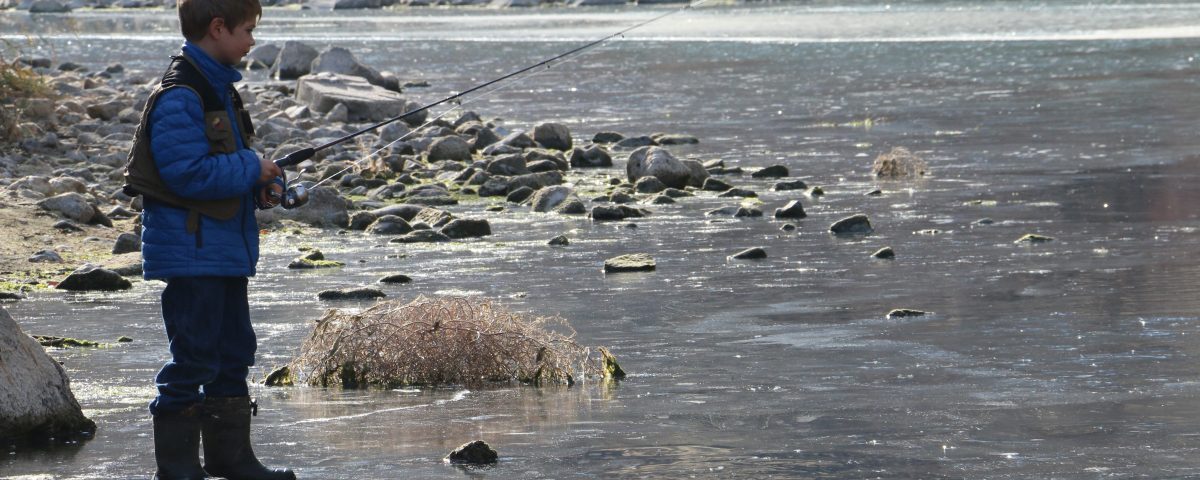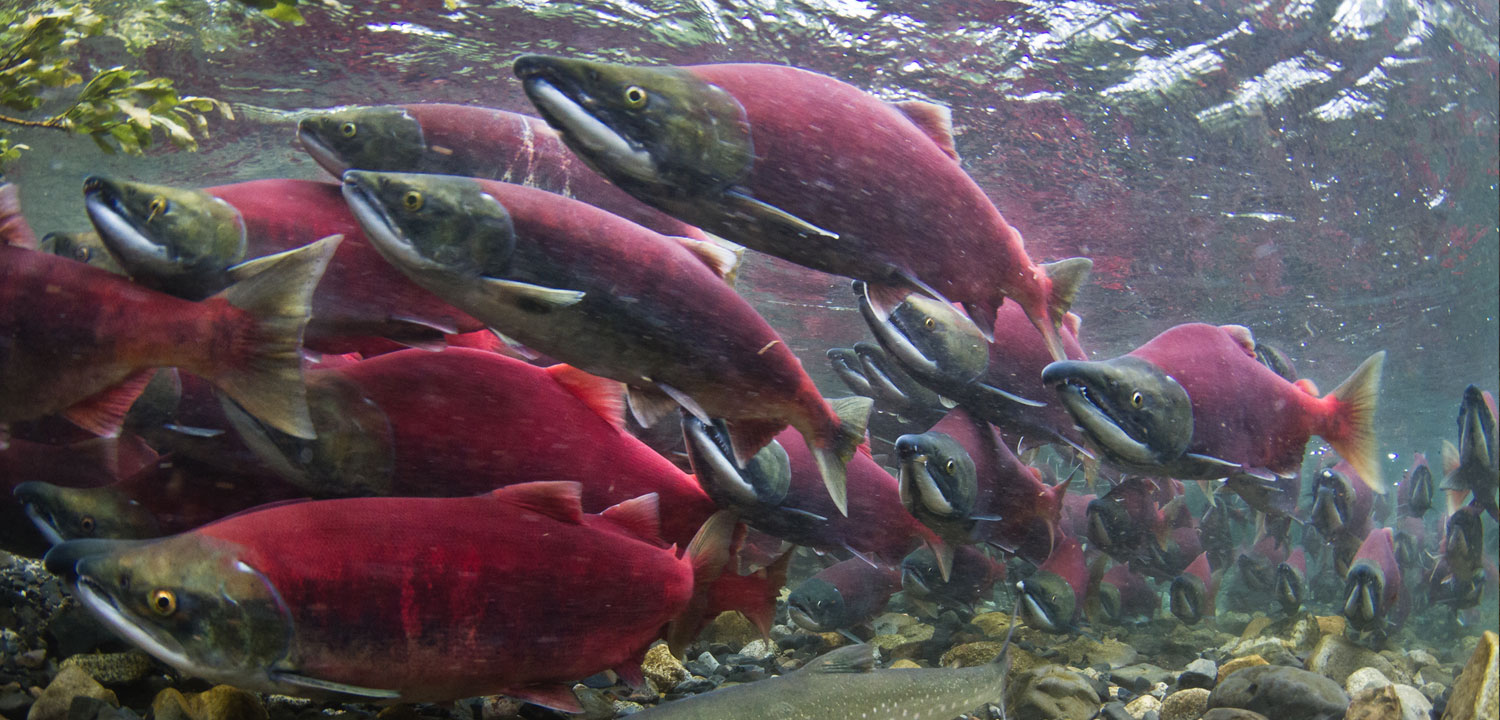
Northwest Governors Announce Intent to Collaborate on Salmon Recovery Will Another Process Prosper or Peril?
October 9, 2020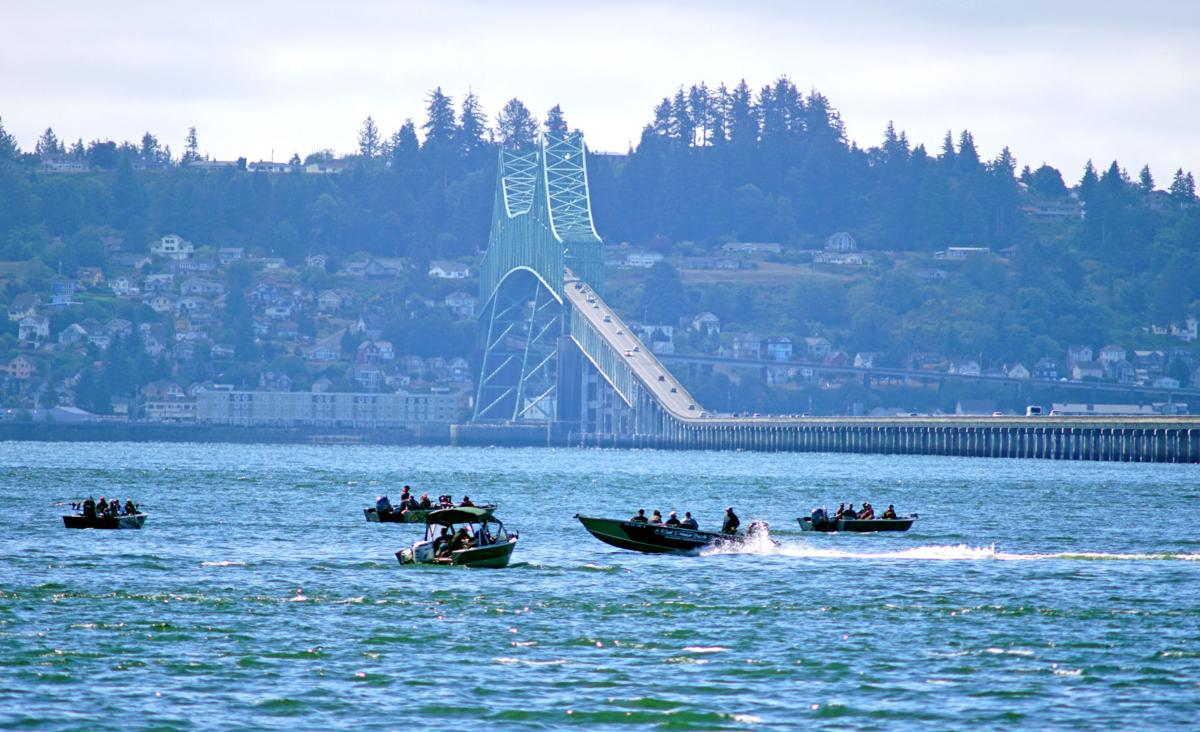
Remove the Dams, Reel in the Profit
November 3, 2020Our Fishing Heritage is at Risk
Will Our Grandchildren Catch Salmon in the Columbia River Basin?
By Betsy Emery, Advocacy and Campaign Manager
October 13, 2020
“The Columbia River is the heart and soul of Oregon, it just is. It pumps through Oregon like the blood in your veins,” said Stevie Parsons, a long-time member, active volunteer, and National Wildlife Federation board member. Many of us throughout the northwest share the sentiment.
I spoke to a few of our members to hear about their experiences fishing in the Columbia River Basin. Ultimately, all of their stories centered around one shared concern: whether the fish would persist long enough for future generations to be able to share their experiences.
Parsons started fishing well into her adulthood and vividly remembers her first “unbelievable” fishing experience at Buoy 10 on the mouth of the Columbia River. She described the silence among hundreds of boats, all waiting for the excitement of the salmon run to come through. “You would see lines getting hit at the same time -- four people in the same boat, each fighting a salmon at the same time! Talk about the rush!” Parsons said. “There was this feeling of abundance. It was incredible to watch. It gave me goosebumps. We’re just so blessed to have that in Oregon. I want kids, future generations, to have the chance to experience that.”
Her voice darkened as she went on. “For salmon, removing these dams is the difference between life and death. It’s the difference between scarcity and abundance. We have to start making different choices,” Stevie said. “You make that choice, or you lose salmon. When you lose salmon, you can’t get them back.”
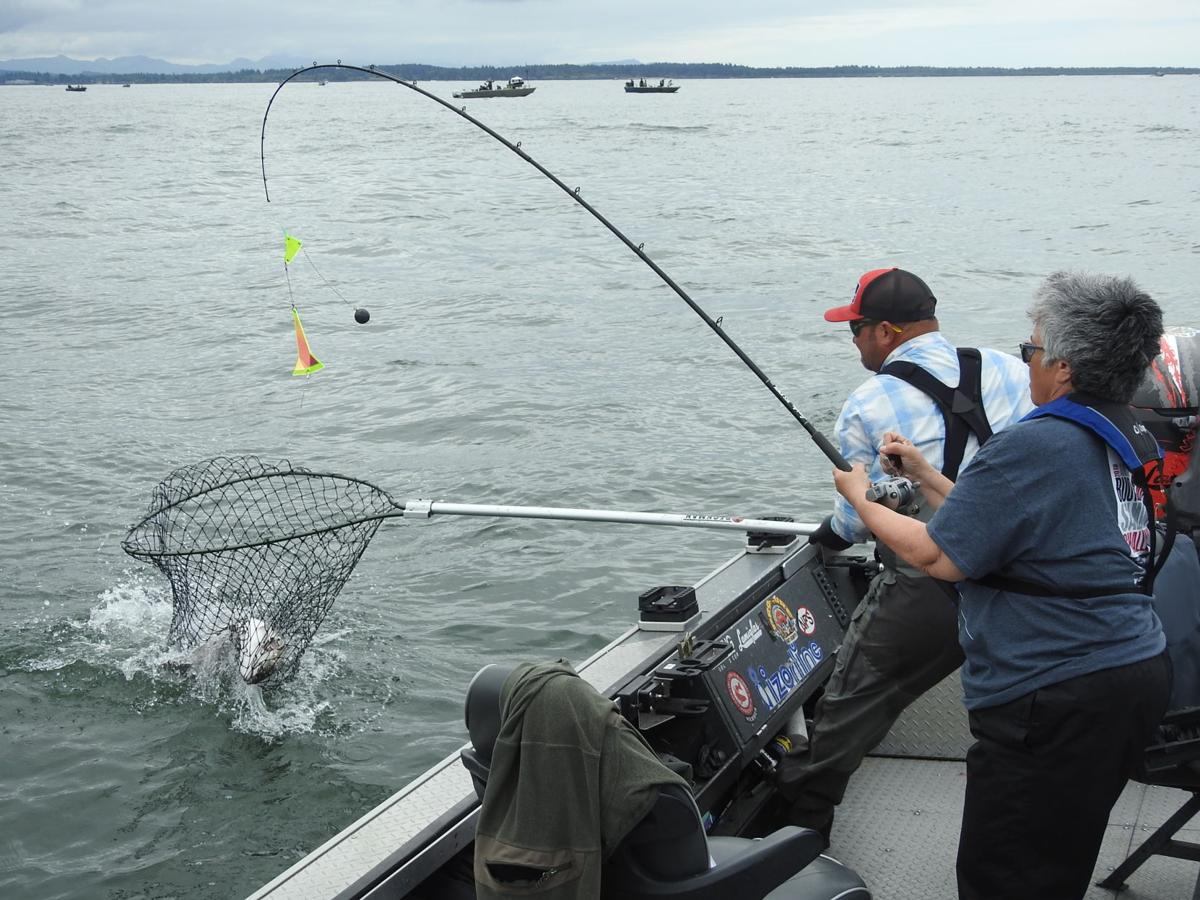
Stevie catches a salmon a mile upriver of Buoy 10. Photo Credit: Gary Lewis / The Bulletin
One of our early members, Jeffrey Hamel, lives on the other side of the Columbia River Basin in Nampa, Idaho. He frequently takes his two grandsons salmon and steelhead fishing on the Snake and Salmon rivers. He described one of his favorite trips when his eight year old grandson caught a 32-inch steelhead. “He was so excited, he wouldn’t let anyone else reel the fish in for him. The fish was nearly as big as he was!” Jeffrey said. “That moment is in his blood forever—he’s a fisherman now.”
During his 40 years of fishing in Idaho, Jeffrey has seen returns diminish and fishing seasons close. “After seeing healthy returns of more than 30,000 fish, it isn’t even worth it to go up fishing when the run size is only a few thousand,” he said.
“I got involved in this campaign to make sure my grandkids can continue fishing in the future,” Jeffrey said. “We are going to give our fishing heritage away if we don’t remove the lower Snake River dams.”
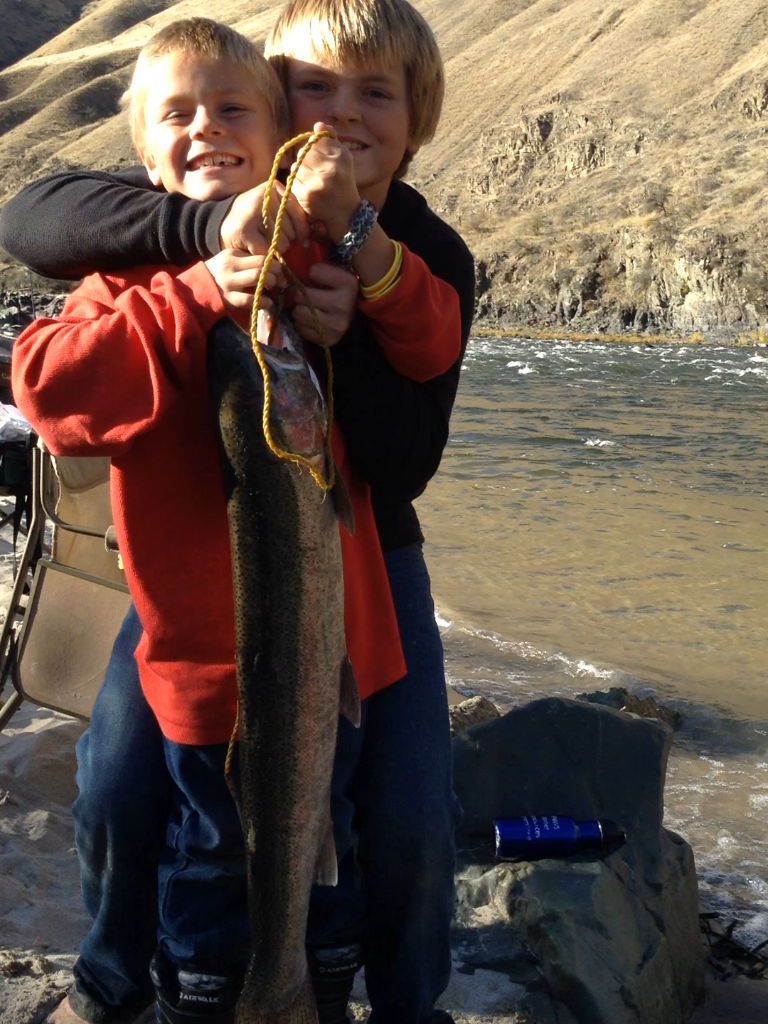
Jeffrey Hamel’s grandsons holding their prized catch of the day - a 32” steelhead from the Salmon River. They continue to fish together every summer, looking for an even bigger fish.
One of our newer members, Brian Scott, lives in Camas, Washington. Having a son reinvigorated his interest in fishing. “Despite my dad’s best efforts, I never got into fishing as a child. That changed when my son was born 10 years ago. Teaching him how to fish gave me a new way to connect with my dad and my son.”
This family tradition, however, is under threat. “Counts are down every season, fisheries are more tightly managed, and the recreational fishing seasons get shorter and shorter,” Scott said. “During the spring Chinook run, we have to go farther toward the ocean every year to get a real shot at hooking a springer because by the time the run reaches Portland, the limit has already been caught.”
When thinking about whether he will be able to take his grandchildren fishing in 15 years, Scott said “We need to change this trend. If we don’t remove the lower Snake River dams, our grandchildren will think that our stories of when ‘we used to fish for salmon’ are just make-believe.”
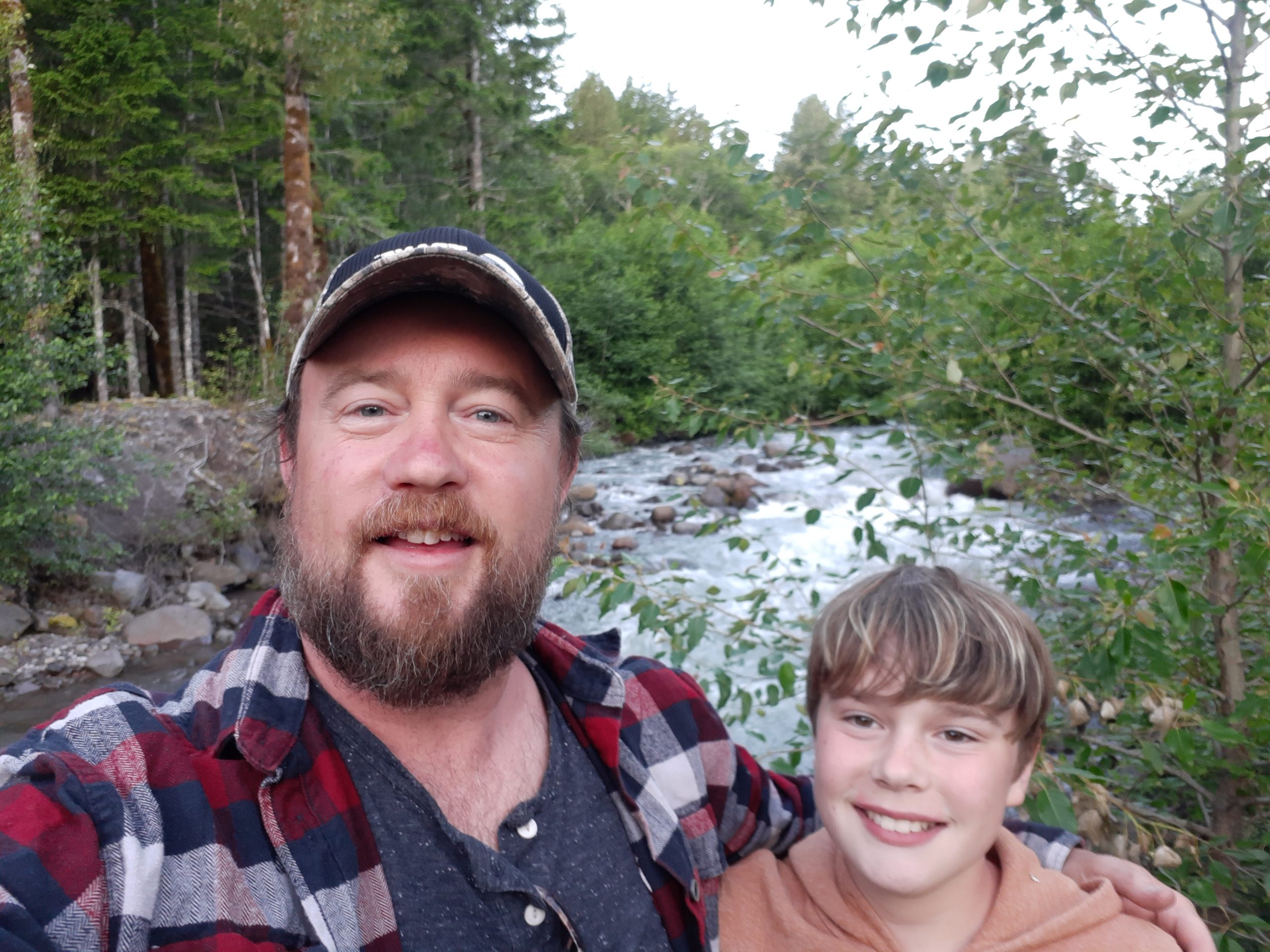
Brian Scott started fishing when his son was born to build a fishing tradition in their family.
The recreational angling community should serve as a litmus test—when we experience shorter seasons and start catching fewer fish, that should raise a red flag for policymakers about the future stability of these runs and this tradition. We have an obligation to stand up for our rivers, our fish, and our sport.
Removing the lower Snake River dams is ultimately our best chance of improving wild run sizes, and in turn, restoring our recreational fishing opportunity. Breaching the dams will more than double spring/summer chinook and summer steelhead returns to the Snake River Basin, which will support a dramatic increase in our recreational fishing allocation.
We cannot allow our heritage and identity go extinct alongside our wild salmon. If you, too, want your children and grandchildren to have the chance to see wild salmon and steelhead, please take two minutes to email your representatives.
Tell them that they must make a different choice about the future of salmon in the Columbia River Basin. Tell them that we need their support to establish improvements that will succeed in restoring our world-class fishing opportunities.

